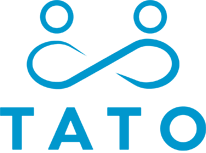

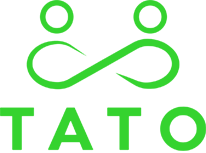
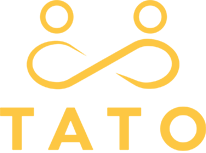
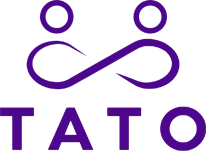
Upcoming Workshops
TA101 - Intro to TA
Menu






In this March edition of her blog in the ‘Wheel of the Year‘ TA Earth series, Rose shares her understanding of true magic. What a
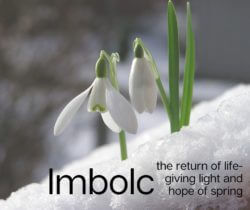
Following on from my previous video blog and the story of The Old Woman in the Cave, we have now entered the season of Imbolc
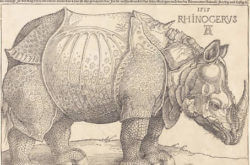
David Brooks is the inspiration for this week’s creativity exploration. Albert Durer (1471 – 1528) had never seen a Rhinoceros and drew this sketch in
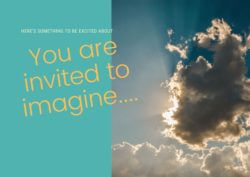
Proposals as invitations Welcome to the second piece on my journey to explore creativity. This week’s exercise is based on Peter Liversidge‘s work (p101 in
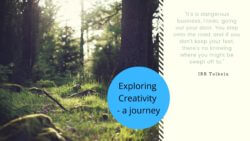
Why creativity? Exploring creativity – both for work with clients and for ourselves – is important to our team. I’m sure you will have noticed